I walk through the screen door of the hospital to the sound of alarms beeping in REA (the name of our hospital’s ER). I also hear the sound of many different languages being spoken: French, English, Fulfulde.. just to name a few. There are family members of patients scattered on the benches near REA and the few isolation rooms that we have in the hospital, some even relaxing on their mats on the floor next to their family members.
I walk up to the station (our nurses station), round the corner and look at my assignment for the day. I have the peds ward and one of the private rooms.
After I get report on my patients, check their charts, and get organized for the day I head over to see my first patient of the day… a child admitted for a chemo workup in one of the few private rooms in our hospital. She is doing well so I head over to the peds ward and start my initial assessments for the day. At first glance, everyone seems to be doing well. One patient who came in with malnutrition is sitting up in bed and playing with his mom. I do a quick assessment of his condition, hand him some plumpy-nut (a high protein nutritional supplement similar to peanut butter and used in treating malnutrition) and move to the next patient. The next child will be going to the OR or out to our ER today for an elbow manipulation procedure. She is not in her assigned bed in the peds ward, so I walk out to the hallway and find her there waiting for her procedure. She seems a little anxious for what is to come, but is doing well overall.
Next, I approach another patient, we will call them Peds 4. The patient had already been to the OR a day or so before to have an intestinal perforation repaired. Because I knew this patient from having taken care of them in the past, a few things seemed off to me this morning. The dressing that was covering the abdominal incision had a green substance leaking out from the bottom, the JP drain that was meant to drain fluid from the wound base was completely disconnected, and new swelling was appearing on the abdomen and feet of my patient. Shortly after discovering this, one of the surgeons came in and took a look at the JP drain and helped reattach it. This patient was under the care of another surgeon however, so I had to wait for him to arrive before helping this patient any further. After a few minutes, the other surgeon appeared and we returned to see the patient. As he removed the dressing, it was obvious that something was wrong. He proceeded to press on the stomach of the patient and green stool leaked from the incision site. Yikes. He then proceeded to give me an NPO order for her (meaning she could no longer have anything to eat or drink) and ordered for me to place Foley catheter to closely watch her urine output and a nasogastric tube to decompress her stomach. He assured me that he would be taking the patient back to the OR to find out what was happening inside her abdomen.
We quickly got the patient situated and moved to the hallway to wait for surgery.
After that, I return to seeing my other numerous patients. One is a baby with with hypoxic ischemic encephalopathy (a brain injury caused by a lack of oxygen) who needs to be fed really soon. While I was getting my other patient ready for surgery, the mom of this child was pumping breast milk and doing her best to get him to take some milk from a bottle. I do a quick assessment, make sure his Nasogastric tube is in place, note the amount of milk he was able to drink by mouth, and pull up the rest for the mom to give by a syringe through his feeding tube.
My next task directs me to the private room where I find out that the patient who is here for chemo treatment will be getting her first round this afternoon. I quickly ask the charge nurse (who is a great IV starter and chemo nurse) if he would mind helping me start an IV on her and assist me in mixing and administering the chemo when the time comes! He replies with an energetic “No problem” and my nerves are calmed; being that chemo is not something that I have ever given in The States... let alone hand mixed.
After getting that situation organized, I grab some normal saline and a vial of Ceftriaxone to mix up an antibiotic for my pre-op patient. I can tell that she is nervous and not feeling well, so I do my best to encourage her while I connect her secondary line to her primary line with a needle so that she can receive her antibiotic.
In the middle of all of this, I find out that a patient with cerebral malaria will be transferred to the general peds ward from the Peds ICU, yet another patient added to my list.
I then start another feed for a baby and get report on my new patient straightened out so that I can go to lunch. This is only the first half of my day and honestly it was what I would call a pretty “calm” day around the hospital.
Written by Megan Smith
2019 Global Health Collaboration Missions Scholarship Recipient
Working with World Medical Mission
Mango, Togo- Africa
